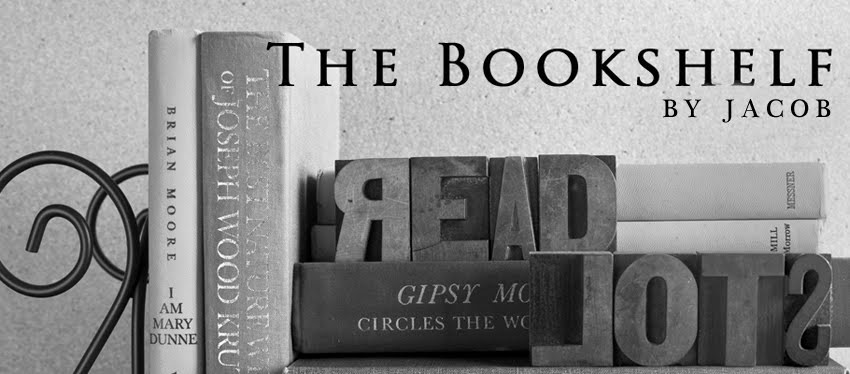Following April’s Great Reads for this Spring, I have decided to share with you, the readers of The Bookshelf, a few awesome, inspiring, and thrilling books that will help you start your summer off right.
Below is a list of award-winning and accolade-garnished books. I have read a few of these books, but not all of them. A great part of summer reading is discovering new books, so I thought it seemed fit that I include some books that I have yet to read, but I may read later during the summer. Sound cool? [nod your head] Here they are:
- I’ll Be There by Holly Goldberg Sloan: I own, but have not yet read, this contemporary novel. This book, which has received nearly all perfect reviews, follows the lives of two brothers, Sam and Riddle, and their days in an unstable household. Living with a sketchy father and always moving from place-to-place, Sam does not completely understand how different his life is than others’, until he meets a kind, church-going girl, named Emily. Ultimately faced with two different paths to choose from, living his old life or embarking on a new chapter, bringing Riddle, his little brother, along. This book is said to be a beautiful story about how one person can make a difference and a change.
- The Name of this Book is Secret by Pseudonymous Bosch: Oh, where to start with this witty book? The first in a five book series, this book, whose title I will shorten to Secret, is a wonderful, often humorous story about two best friends, Cass and Max-Ernest, and dysfunctional families; quests to discover big mysteries; nefarious villains; evil chefs; antique stores; little, ugly, friendly creatures; and the Terces (backwards: Secret) society. Sprinkled with quirky illustrations, Secret is a funny and engaging read.
- Miss Peregrine’s Home for Peculiar Children by Ransom Riggs: (Yet another book with a long title.) I desperately want to read this book, but my local bookstore never has it in stock. Sixteen-year-old Jacob grew up hearing tales from his grandfather about a place where kids with special abilities live. Now that his grandfather has passed away, Jacob finds old pictures of children from this home; kids that can float, kids that can see the dead, kids that can read minds. Determined, Jacob finds this home and is surprised at what he finds: the exact children from his grandfather’s photographs. However, not all is well in this home. A terrible monster is lurking around, a monster only Jacob can see. This book comes complete with the actual photographs owned by Jacob’s grandfather.

- Sisters Red by Jackson Pearce: Last week I finished reading this spectacular retelling of Little Red Riding Hood. In this adaption of the original, there are two sisters, Scarlett and Rosie (both shades of red). After a deadly encounter with a Fenris, a werewolf type thingy, Scarlett is left with a missing eye and scars all over her body. Scarlett fought against the Fenris and was able to save her sister but not her grandmother. Seven years following the incident, Scarlett and Rosie are a Fenris-fighting duo, killing the wolves in attempt to save innocent people around the world. However, when Silas, Scarlett’s old fighting partner returns from an extended vacation away from fighting, Rosie finds herself often wanting to do something other than killing the Fenris. She wants to keep hunting, but she does not want it to be her life. But Rosie feels like she would be betraying Scarlett, who saved her life from a Fenris, if she were to stop hunting. A great tale of sisterhood, friendship, guilt, danger, and fulfillment, Sisters Red should be on the top of everyone’s to-read list.

There it is! Continue reading The Bookshelf during the summer to discover even more great books of all genres!
















